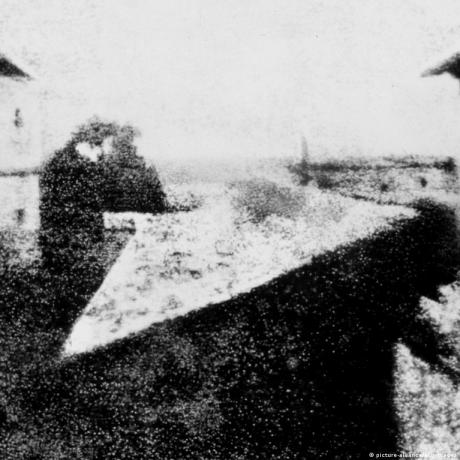Cuban doctor and political leader born in the province of Pinar del Río, author of the liberating and nationalist motto Cuba for Cubans. He graduated in medicine (1908) and continued his studies in Europe. He became (1921) Professor of Physiology at the University of Havana and, for 27 years, devoted himself to politics, medicine and teaching.
He decided to erase the last vestiges of Spanish colonization in Cuba and oppose the United States' hegemonic claims on the country. He was one of the leaders who deposed (1933) the dictator General Gerardo Machado, who had risen to power (1925) but wore out under the effects of the American crisis (1929). He became provisional president of the republic (1933) after the sergeants' rebellion, headed by Fulgencio Batista, an army sergeant.
He was in government for less than a year, replaced (1934) by Colonel Carlos Mendieta Montefur, imposed by Fulgencio Batista. But he ruled long enough to run counter to various political interests, especially outside ones. He ignored the EmendaPlatt, which allowed the United States the right to intervene in Cuba; he nationalized commerce, hitherto in the hands of Spaniards, established labor rights and university autonomy, and granted women the right to vote.
Under pressure from the United States, he resigned, broke with Bastista and founded the Cuban Revolutionary Party, which became the majority in the country. constituent (1940), however elections held, Batista was elected president, with 45.68% of the votes, amidst allegations of fraud, kidnapping of ballot boxes by the military and other illegalities On the verge of ending World War II, elections were held in Cuba for the first time clean.
He removed the strong man of Cuban power from the government (1934-1944) Fulgênio Batista after being elected by the Partido dos Authentic with more than 45% of the votes and ruled the country (1944-1948) in a period marked by accusations of corruption. Replaced by the elected Carlos Prío Socarrás, he was deposed (1952) by Fulgênio Batista himself. to Santo Domingo, for the revolution organized by Fidel Castro (1959), a lawyer and member of the Orthodox Party, his brother Raul Castro, and Argentine physician Ernesto Che Guevara. Initially supported the Castro revolution, but died forgotten in Havana ten years later.
NOTE: After the liberation of the Cuban island, the Americans ruled the new Republic of the Antilles for three years. The Platt Amendment (1902), inserted in the Constitution of Cuba, assured the United States the right to intervene militarily in the country to guarantee its independence. The following year, the Cuban government leased the military base at Guantanamo to the United States. Since then (1903), the US marines have made several interventions in Cuban territory to guarantee order.
Figure copied from page RAMÓN GRAU SAN MARTÍN:
http://www.autentico.org/grau.gif
Source: http://www.dec.ufcg.edu.br/biografias/
Order R - Biography - Brazil School

